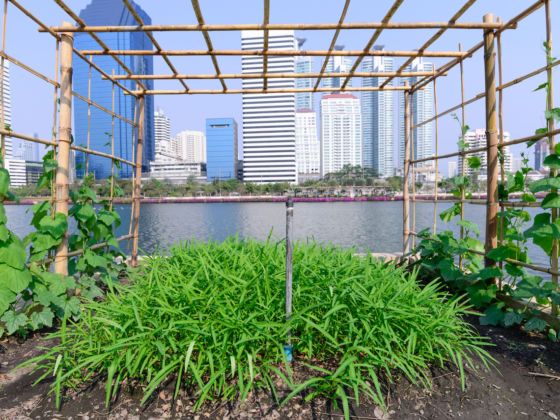This is The Climate Win, the most positive sustainability news around the world every week.
The coronavirus pandemic has led to a resurgence of home and urban gardening that some say harkens to the Victory gardens planted during World War II. An increase in home gardening is positive on many levels, not least because raided store shelves and the panic-buying of chickens for homegrown eggs have exposed how fragile our food systems are.
